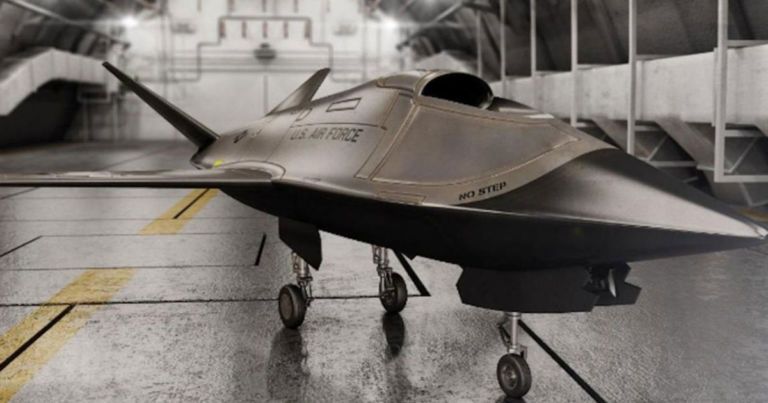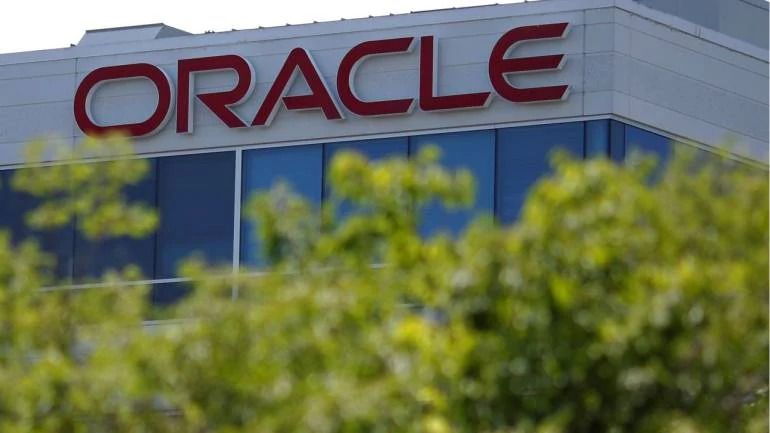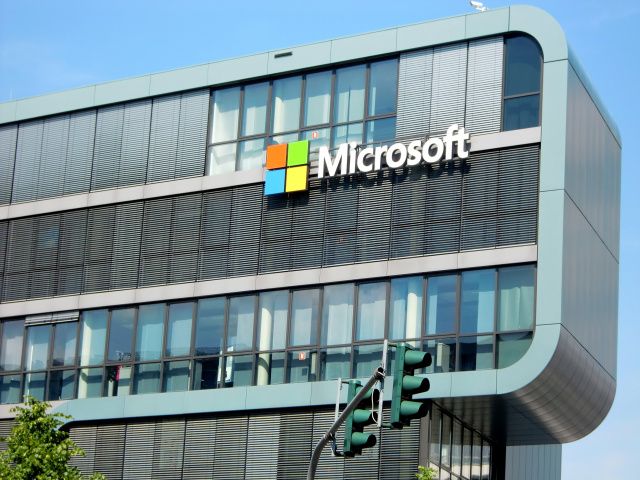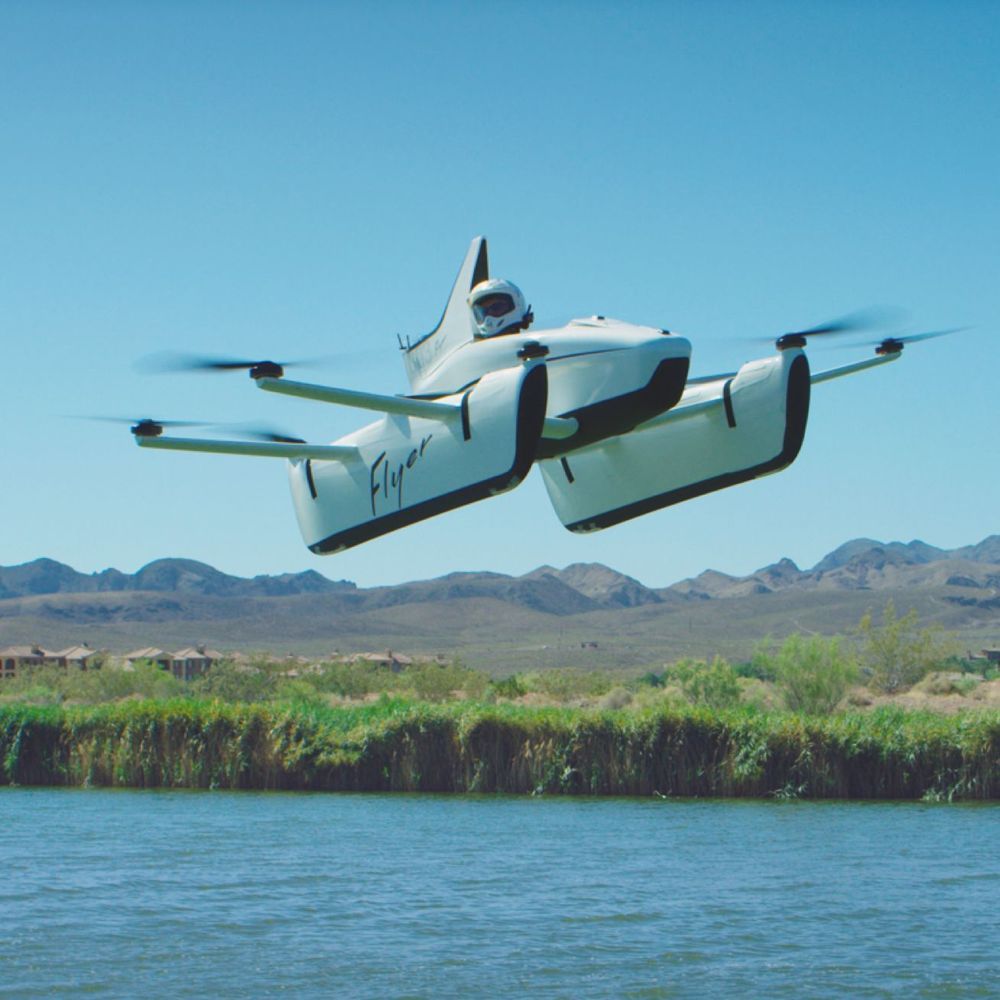In the last few months, millions of people around the world stopped going into offices and started doing their jobs from home. These workers may be out of sight of managers, but they are not out of mind. The upheaval has been accompanied by a reported spike in the use of surveillance software that lets employers track what their employees are doing and how long they spend doing it.
Companies have asked remote workers to install a whole range of such tools. Hubstaff is software that records users’ keyboard strokes, mouse movements, and the websites that they visit. Time Doctor goes further, taking videos of users’ screens. It can also take a picture via webcam every 10 minutes to check that employees are at their computer. And Isaak, a tool made by UK firm Status Today, monitors interactions between employees to identify who collaborates more, combining this data with information from personnel files to identify individuals who are “change-makers.”









